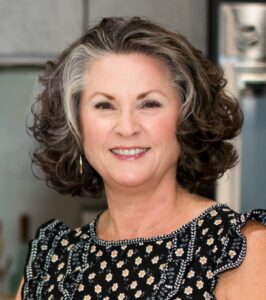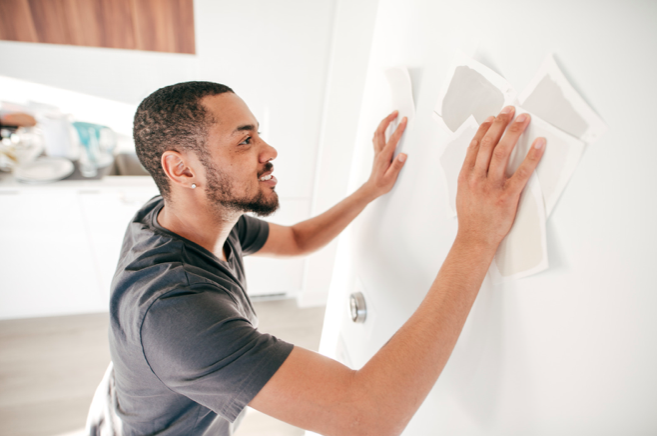This week I am excited to share the expertise of interior designer Michelle Ku. What does this have to do with personal finance? Your house is a huge investment. Of course, you want to surround yourself with colors and objects that make you happy. But you might consider resale value when making design decisions.
3 mistakes when choosing paint colors:
- Painting your swatches directly on the wall – all color is relative so when you do this the existing color affects the swatch. Paint your swatches on an approximately 11×14 sized piece of card stock paper. The paper should be firm enough to stand on its own when propped against the wall. This allows you to move it around the room so you can see how light affects it (day and night). You can also hold another piece of white paper behind it when it is up against the wall, so the existing color does not reflect on it.
- Not considering your existing fixed finishes (tile, counters, cabinets, carpet, hardwood) – if the color you select doesn’t work with your finishes it won’t look good on the wall. Take that swatch from mistake #1 and hold it up against all your fixed finishes. Sometimes your fixed finishes may not really work with each other, so there may not be one paint color (especially if it is a neutral) that works with all your finishes. In that case, I recommend you consider if you want to change something so everything works together or just ignore the one that is causing the problem and put it on the list for your next home improvement project.
- Choosing you color with the tiny samples on the paint deck or from the paint store – not only are they not big enough to make a good decision, they are not paint. They are just ink representations of the paint colors so actual paint will not quite be the same. I like to use Benjamin Moore paint because most authorized Benjamin Moore dealers sell 2-ounce paint samples for just a few dollars each.
A 2 oz. paint sample, a 1.5” wide foam paint brush, and card stock are an investment that will save you from making a time consuming (DIY paint job) or somewhat costly mistake (professional paint job). Finally, a new paint color is the most cost-effective way to make a major décor change.
About Michelle: Even though I fell in love with interior design at age eight — the first time I laid eyes on an issue of House Beautiful — I ended up studying computer science, a career that lasted 13 years. After returning to school to embrace and pursue my love for design, I realized the analytical skills developed during those years are a great asset setting me apart from other designers. Good design requires good problem-solving skills and with that, I feel as if it was all intended so that I could better serve my clients now.
Need some interior design help? Contact Michelle through her website https://kuinteriordesign.com/




